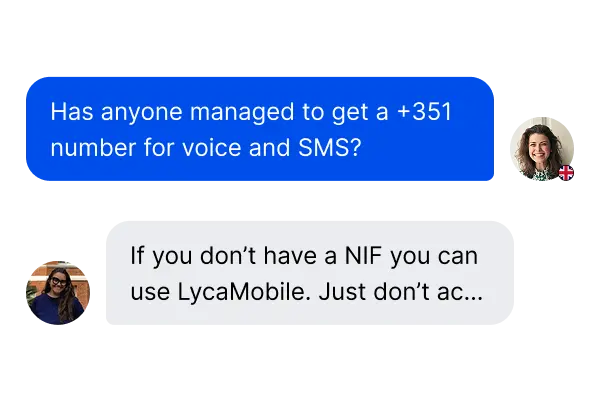Understanding the Irish "stamp" system
Before diving into the visa types, it's essential to understand Ireland's unique "Stamp" system. Your visa gets you into the country, but upon arrival (for stays over 90 days), you must register with the Immigration Service Delivery (ISD) and receive an Irish Residence Permit (IRP). This card will feature a "Stamp" that dictates what you are permitted to do in Ireland.
Here’s a quick summary of the most common stamps:
- Stamp 1: For those with an employment permit. You can work, but your permit is tied to a specific employer.
- Stamp 1G: For graduates to seek employment and for spouses/partners of Critical Skills Employment Permit holders to work without a separate permit.
- Stamp 2: For students enrolled in a full-time course. You can work limited hours.
- Stamp 3: For individuals joining a family member or volunteering. You cannot work or engage in business.
- Stamp 4: For long-term residents, spouses of Irish citizens, and those who have completed a Critical Skills permit. It allows you to work without an employment permit and establish a business. This is highly sought after.
- Stamp 0: For individuals of independent means who are financially self-sufficient. You cannot work or receive state benefits.
Visas to Irish residency
Ireland's visa system is guided on your reason for coming to the country.
Ireland Work Visas
Ireland's strong economy creates a high demand for skilled professionals. The employment permit system, managed by the Department of Enterprise, Trade and Employment, is the main pathway for most non-EU workers.
Critical Skills Employment Permit (CSEP)
This is the most desirable work permit, designed to attract highly skilled people in professions with a recognized shortage.
. A job offer of at least two years.
. A minimum annual salary of €38,000 for most eligible roles, or €32,000 for certain high-demand occupations.
. A relevant degree or high level of experience.


































